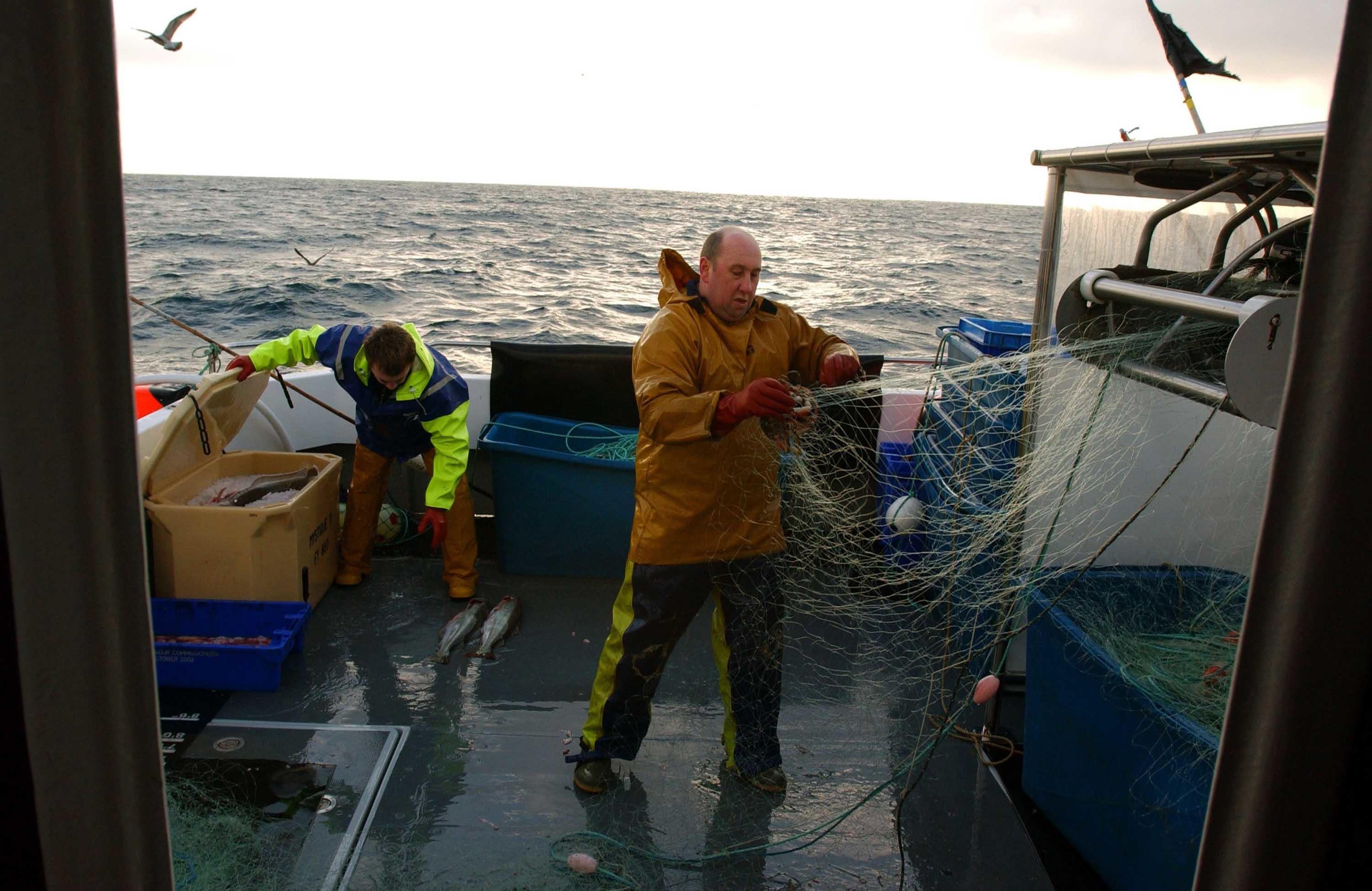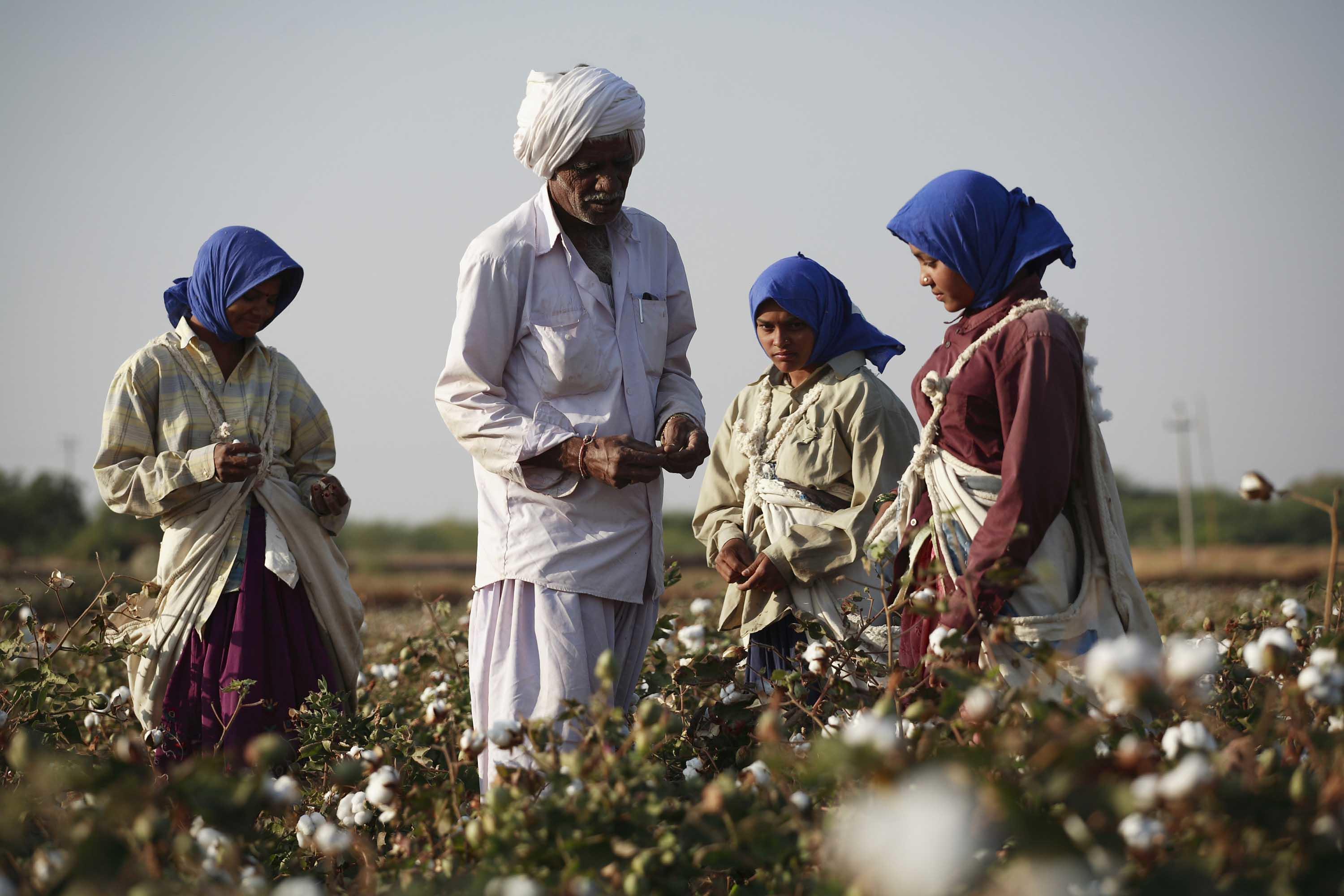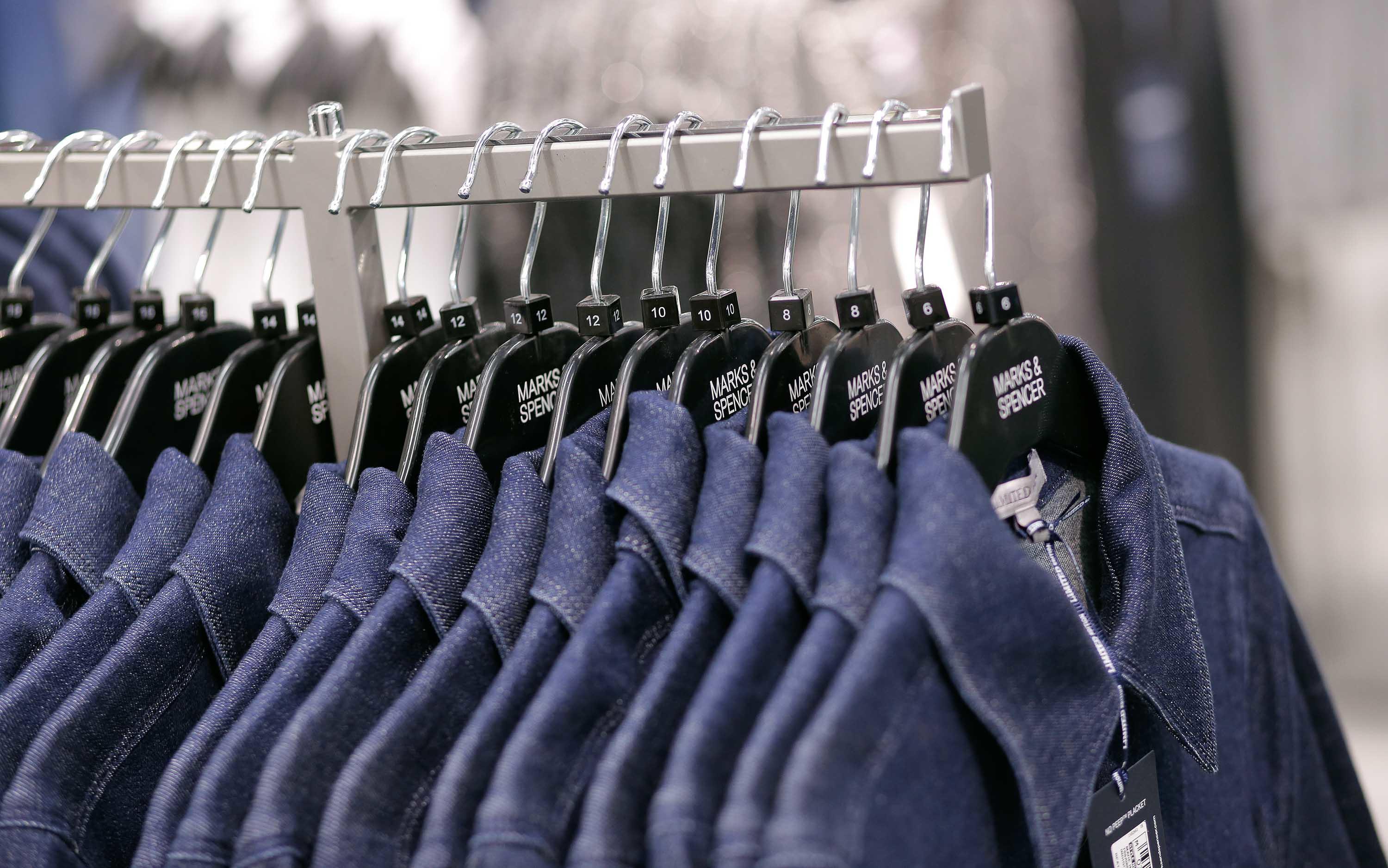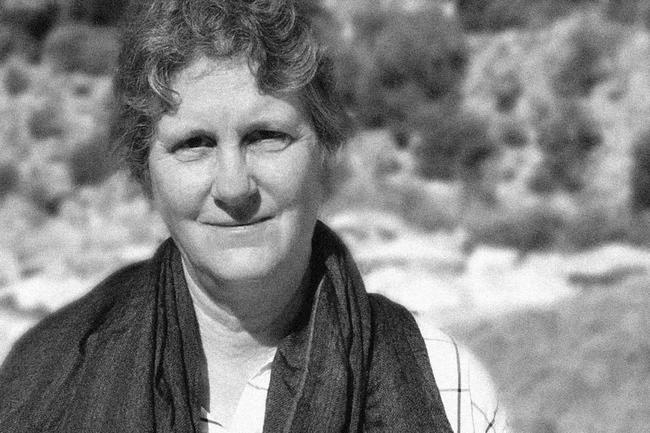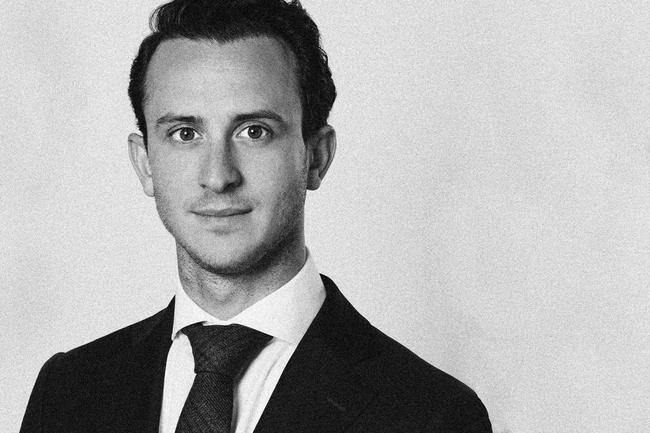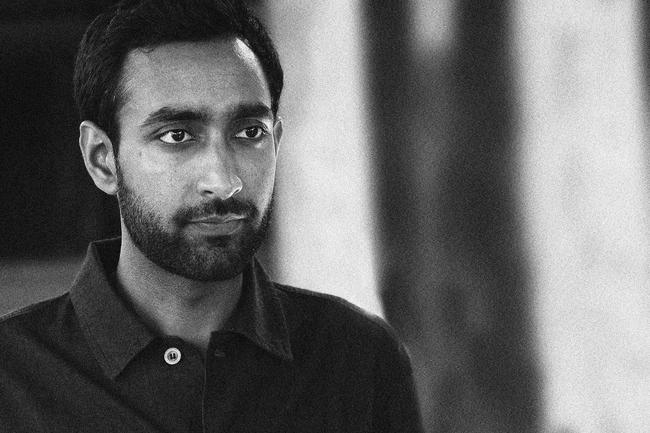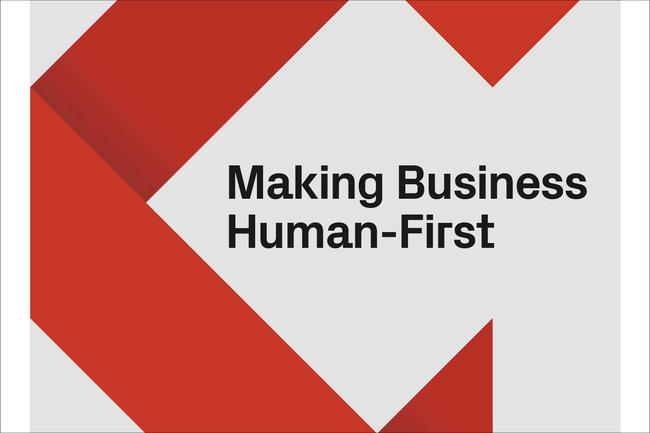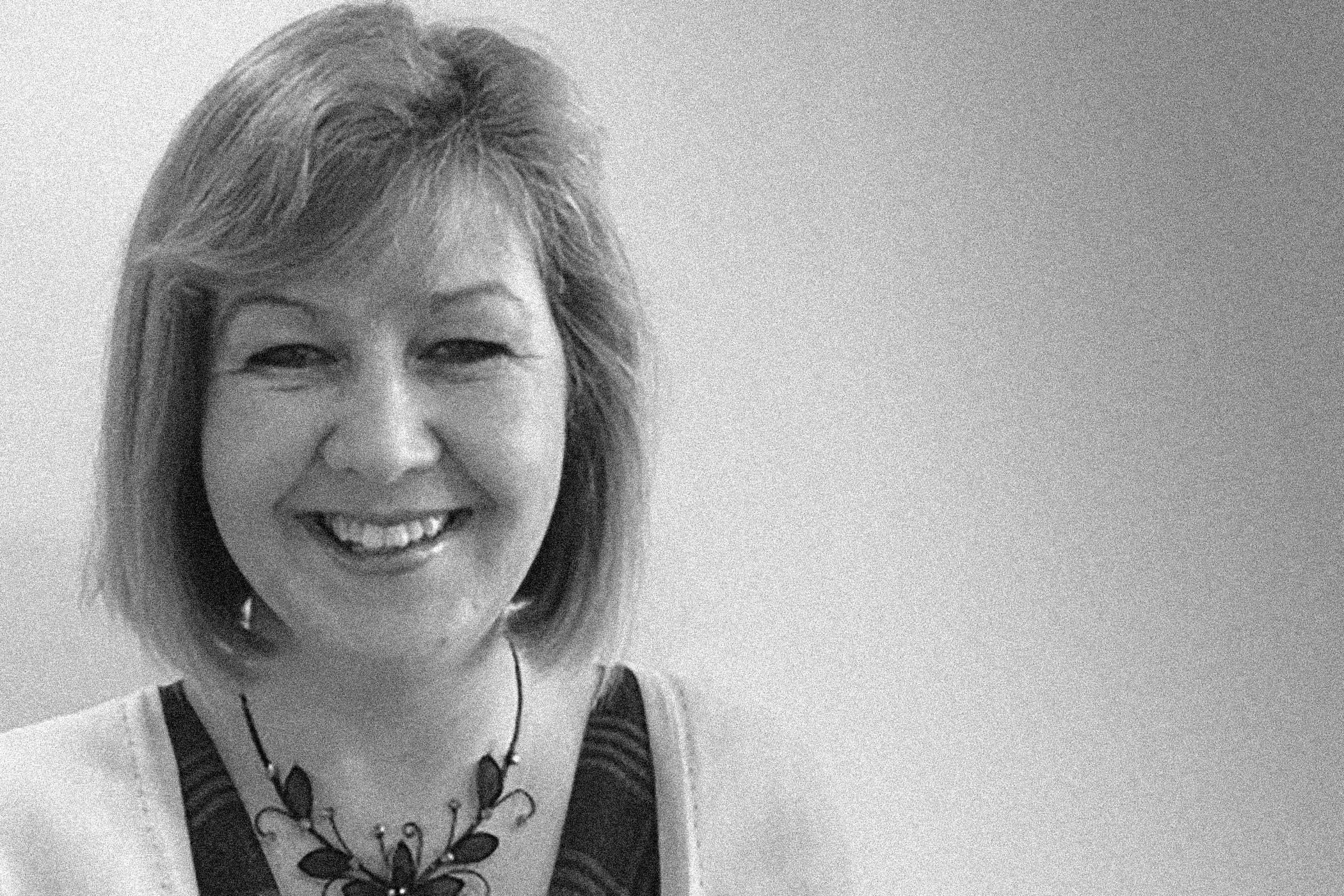
Conversation with Louise Nicholls about corporate sustainability and what motivates M&S to talk about human rights
With over 25 years at Marks & Spencer, Louise Nicholls’ professional rise has seen her build its ethical trade programme, and become a director at both the Ethical Trade Initiative and Sedex. She was also part of a team that transformed M&S’s Plan A sustainability strategy into a world-class example of sustainability reporting and public engagement. Louise recently stepped up to lead the UK retailer’s human rights strategy along with food sustainability and packaging. In doing so, she’s overseen the publication of its fi rst two human rights reports.
We spoke to Louise about why M&S has chosen to speak so publicly about its human rights strategy and the future trends impacting corporate sustainability
Marks & Spencer’s human rights strategy is really comprehensive, can you summarise what the approach is?
Every day we make decisions – and we can either choose for those decisions to have a positive impact on people or a negative impact on people. What I’m aiming to do is embed the strategy in such a way that we have more positive impacts on people. What’s great is M&S has a culture of genuinely trying to do the right thing by people as it’s gone along. So I wasn’t starting from a baseline that this is a completely new way of thinking. The human rights piece is taking it on a stage: saying that when we think about people, whether they’re in our own operations or they are partners, third parties, or in our supply chain, we need to have one overarching approach to thinking about people.
Photo credit: Marks & Spencer
Is there something that makes M&S’s approach particularly unique?
Within the supply chain we’ve perhaps got a fi rmer understanding because we’ve been looking for a long time at the root cause of issues. I think we’ve got a good understanding that behind saying there will be no child labour, there’s a whole set of inherent factors why you might have child labour. So our premise is how we can make sure we’ve got really good management systems in place that would make it less and less likely to have child labour somewhere in this supply chain. The same with modern slavery – I don’t think businesses set out to think there might be slavery in their supply chain. But the reality is there’s a whole series of factors at play, like much more migratory labour, a reliance on temporary and seasonal labour, and a reliance on third-party providers. It means you’ve got to have even stronger management practices in place, and a real understanding of where those inherent risks might be. And you’ve got to be on the ball because the risks are changing all the time.
Your two human rights reports are incredibly detailed compared with a lot of companies. What motivates M&S to talk so openly about what you’re doing within human rights?
It is inherently about better business because we know that for everybody, whether it’s our own employees or our supply chain partners, if you’re in an environment where you feel secure, where you feel you’re respected, where you feel you get a fair reward, you will be more productive and you’ll be more likely to stay. Therefore, we’ll have a better skilled workforce and better quality products. Inherently, you know it makes really good business sense. So part of what we’ve been trying to do here is to constantly build the business case to invest in people, to recognise they’re your most important business asset. Our first report was about putting down what we’d learned about human rights, and what we’d learned about the inherent risks and good practices to address those risks. This latest one was really about saying it feels really complicated but it doesn’t need to, because actually these things are interlinked. So if you’ve got good governance in place, then if you focus on those three core areas [in the report] – tackling modern slavery, tackling in-work poverty and encouraging a more inclusive society – we will inherently start to address the human rights issues. And from my perspective, if I can simplify the process to explain it internally, I will have much more likelihood of getting people to address it in our supply chain.
Photo credit: Marks & Spencer
How important is it to get those reports out publicly, rather than them being internal strategy documents?
Well it’s not going to be much good if it’s an internal strategy because an awful lot of the people you want to affect are your partners and your supply chain, so you need to be outwardly communicating. It’s so complex and so many times the conversation is kind of bite-size pieces, three or four sentences to explain something. This is too complicated for that and therefore it was about putting in one place a really good explanation of it. Going forwards, I think it should now sit back into the sustainability report and then back into the annual report, because it has to be interlinked rather than looking at it in its own realm. And because human rights and environmental issues increasingly are going to overlap. But within communications, the big part that is so vital is building awareness and understanding of why this matters. And that’s about finding really good training programmes that help to do that. We’ve run an internal programme putting ethics in the spotlight for our buying teams, in which we’d use news clippings and they had to guess where these issues had occurred – so really practical, quite fun, interactive workshops. And with the supply chain we run a mixture of workshops throughout the year and we’ll run conferences that get people to stand up and share what they’re doing – and we give awards for recognising it.
Photo credit: Marks & Spencer
We also do ‘Seeing is Believing’ days, where suppliers can go and experience a gold factory [M&S’s highest factory rating]. Sometimes it’s easier when you tangibly see something or hear a CEO of another company stand up and talk about the business case and that gets hearts and minds going. But it’s about understanding there’s not one route of communication, it’s about a multitude of communications. Some will have more relevance for some organisations than others and that’s what we’re trying to do here – to stimulate it via a variety of routes. M&S’s sustainability strategy, Plan A, is very consumer friendly and widely publicised – do you think there’s a consumer demand to know about ethical practices? What’s really interesting is our [online] supply chain map gets a fantastic amount of hits. You can get down to the road name and then you can work out, oh, so where my mum and dad live, that’s where M&S’s chocolate comes from! This seems to have had some resonance with people but I think it’s fair to say the expectation from customers is that Marks & Spencer will have this covered rather than them being incredibly interested. The call for transparency, which is increasingly coming from investors, NGOs and trade unions, is healthy as it encourages a more open conversation, sharing and benchmarking, which I think is actually quite helpful. Most commercial businesses are quite competitive and if you can see you’re not doing as well as a competitor it will encourage a better conversation in the boardroom, which hopefully encourages businesses to push themselves a bit harder.
What new trends or innovations are exciting about the direction businesses are moving in?
I think it’s really exciting that an awful lot of sustainability plans are having a complete reboot. Something like science-based targets, where we’ve all gone away and done our own homework and then we see we’re coming out in not dissimilar places, are really interesting. I also think the move to recognising that business has to do good for society – that equality and society are important and business has a role to try and drive more resilience into communities. We’re doing some interesting collaborative work in this space, which is exciting. I think it’s also recognising it can’t be just about our activity but how we measure better social impact – and again, it’s quite interesting to watch how other people are looking at this. We’ve looked a bit at the use of mobile technology because you want to get a wider sense of what’s changing. You know, maybe looking at block chain and some of those other routes towards getting better data insight, to see how that can inform us, and whether we are genuinely moving the dial. We’ve made some great headway but we need to make a hell of a lot more headway in the future, and technology is going to play a really key role in helping us do that.
This interview is a part of a series in a larger publication, Tea & Water Perspectives: Making Business Human-First

